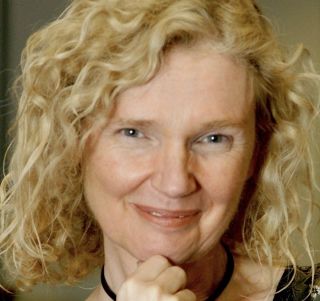The process of developing a data profile for each Project Town involved the collection and analysis of both quantitative and qualitative data, then bringing this together into the decision-making process.
The highlighted inequalities from the quantitative data were always the starting point for the process and they were then further explored through the collection and analysis of qualitative data and community insight.
Below is a summary of how we collected and analysed of data, and what we produced. The full process is set out in more detail in the How to Guides.
Collection and analysis of data
1. Quantitative data collection and analysis
Public Health Scotland, the Programme delivery partner, provided analyst support from the Local Intelligence Support Team (LIST) to undertake the extraction and analysis of quantitative data from publicly available sources. They created profiles for each Project Town to identify those people most impacted by inequalities.
The data profiles were then further analysed by the Project Leads, along with the Steering Groups of each Project Town and input from wider stakeholders, to identify the key areas of inequality. The data supporting these key areas of inequality was distilled into an infographic for sharing.
We’ve detailed the full process we followed in the ‘How To Guide’. It provides a practical guide to the processes used so others can replicate it:
To find out more about our learning from the process you can read our blogs and impact stories:
- Blog: Embedding data-led decision-making
- Impact story: Enabling shared insights on inequalities in Burnhill (Rutherglen Project Town)
2. Qualitative data and community insight collection and analysis
Our Community Link Leads used both a desk-based review and conversations with local representatives to gather qualitative data and community insight. They created a report through the qualitative data they collected within each of their Project Towns on the inequalities and highlighting the key issues in line with the Place and Wellbeing Outcomes.
A visual summary of this report (What we’re hearing in our communities) has also been produced for each Project Town for sharing.
We’ve detailed the full process we followed in the ‘How To Guide’, including our experience in capturing local qualitative data and narrative through engagement with local stakeholders and community organisations. It provides a practical guide to the processes used so others can replicate it:
To find out more about our learning from the process you can read our blogs and impact stories:
- Blog: Embedding the view of those experiencing inequality into decision-making processes
- Blog: Role and influence of the third sector (including identifying and reviewing data)
- Impact story: The role of the Community Link Leads
How we used the data
The data profiles were primarily used in our Place & Wellbeing Assessments and highlighted to our stakeholders the key areas of inequality within each town, to inform decision-making and identify how the plan, policy or proposal being explored would affect a place and the wellbeing of the people living there.
The report is insightful and powerful, and I think should be read (and acted upon) by anyone involved in delivering services to people in Alloa South and East in particular… I see a strong link between the quantitative data and the testimonies from lived experience that you have reflected in the report. I hope this report can be shared as widely as possible and is taken into account in key decision making.
I think one of the key things for Ayr and what we have benefitted from is really the work of the LIST analyst and the profile that’s been produced is probably one of the best data sets that I’ve seen.
The benefits that I’m seeing the programme bringing is bringing people together that wouldn’t perhaps originally work together so closely, and it’s helped to breakdown those silos across the town and it’s really allowing us to implement the Place Principle a lot better, it’s much more effective.
If the Shaping Places for Wellbeing place-based approach sounds like something you would like to know more about, please contact Irene Beautyman, Place and Wellbeing Partnership Lead, below. Alternatively, follow us on LinkedIn - Planning and Place-Based Approaches, to keep up to date with the Planning and Place-Based Programmes from within the Improvement Service, and X @place4wellbeing to recap on the Shaping Places for Wellbeing Programme’s journey.

Irene Beautyman - Place and Wellbeing Partnership Lead
Phone: 07908 930763
-
Planning for Place Programme
The Planning for Place Programme supports councils and their partners to collaborate around place, seeking to encourage place-based approaches to joint planning, resourcing and delivery of places that enable all communities to flourish.
-
National Planning Improvement Programme
The National Planning Improvement Champion is responsible for monitoring the performance of planning authorities and providing advice to them (and others) on what steps might be taken to improve their performance.
-
Planning Skills
The Planning Skills Programme co-ordinates training events for public sector planning officers, with the aim to develop the skills required to deliver better places.
-
Digital Planning
The Digital Planning team at the Improvement Service collaborates with local government to enhance and unify data related to planning and building standards. This work aims to develop a cohesive national data landscape, fostering insights and supporting informed decision-making.
-
Shaping Places for Wellbeing Place-based Approach
The Shaping Places for Wellbeing Programme is a joint delivery partnership between the Improvement Service and Public Health Scotland. This forum is for those interested in our work supporting the role of place to reduce inequality and improve the wellbeing of people and planet.
-
Place Network
For those interested in the importance of place as a working approach to delivering national outcomes around improved wellbeing and inclusive growth.